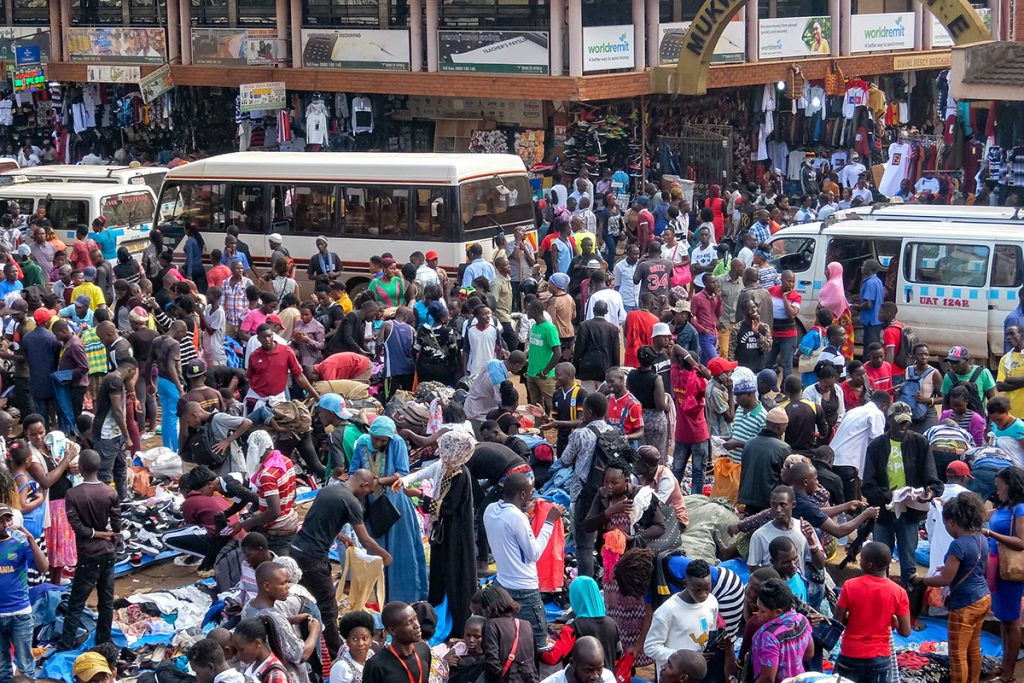The 2024 National Population and Housing Census Sub-Regional Profiles have revealed vital data about Uganda’s capital, Kampala, offering a clearer picture of its demographic and settlement patterns over the past decade.
The statistics are expected to play a critical role in guiding policy, urban planning, and service delivery.
According to the report, Kampala’s total population now stands at 1,797,722, up from 1,507,080 recorded in the 2014 census. This marks a growth of nearly 300,000 people, a clear indicator of continued urbanization, rural-to-urban migration, and natural population increase in the city.
The breakdown of Kampala’s population shows 1,509,750 people living in households, while 287,972 are categorized under non-household populations, such as those in institutions, on the streets, or in temporary accommodation. This suggests a growing need for inclusive urban strategies that cater to all categories of residents.
When it comes to gender, males account for 1,004,884 of the population, while females stand at 792,838, a gender disparity that could influence social and economic planning in the city.
At division level, Makindye Division emerges as the most populous, with 486,762 residents, followed by divisions like Kawempe and Rubaga. In contrast, Kampala Central Division has the smallest population at 81,658 persons.
The data not only highlights Kampala’s rapid growth but also signals the urgent need for expanded infrastructure, better housing, improved sanitation, and increased public services to match the city’s rising demands. As urban planners and government agencies digest these figures, Kampala’s future development will depend largely on how effectively this data is used for evidence-based decision-making.
The Uganda Bureau of Statistics (UBOS) continues to encourage stakeholders to use these insights to build a more inclusive, resilient, and sustainable Kampala.
